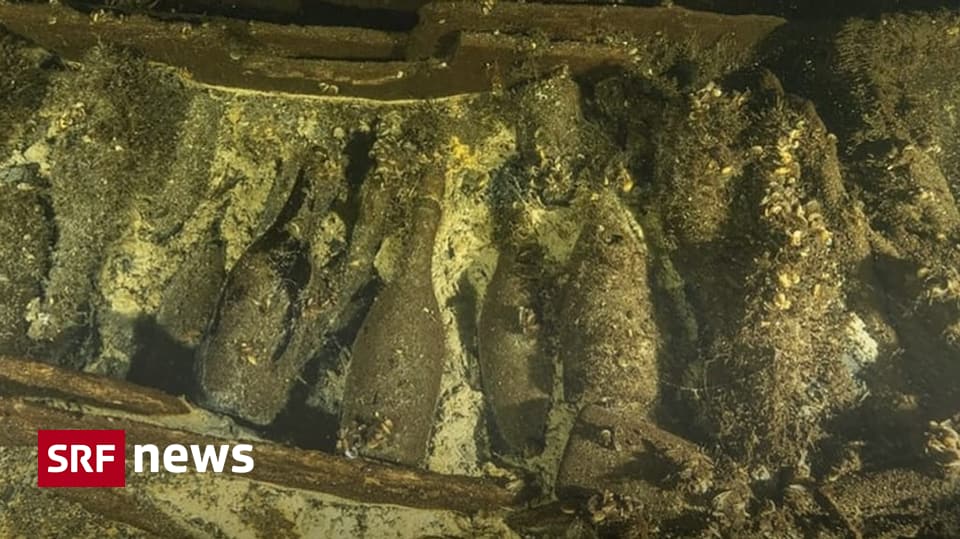Video: The AI system can reliably distinguish the invasive species Vespa velutina from the European hornet Vespa crabro at bait stations. © Thomas A. O'Shea Wheeler
How can the invasion of problematic predatory insects in Europe be contained? The researchers now present the VespAI warning system, which enables automated early detection of the Asian hornet so authorities can quickly initiate control measures. Insects are attracted to a monitoring station and recorded using an overhead camera. The AI can then accurately identify the invasive wasps among local visitors to the food bowl and sound the alarm, the developers report.
“Aliens” are causing increasing problems for nature: humans have brought many species of animals and plants to Earth, causing problems in their new home. Since they have no enemies and other advantages, they can breed there and spread more and more. Invaders can impact native ecosystems in many different ways. This is also to be feared in the case of the Asian hornet (Vespa velutina). The predatory insects, which were introduced from Southeast Asia about 20 years ago, have managed to spread further and further north since they first appeared in southern Europe. They have now settled in Germany and have already reached Great Britain. In addition to Europe, northern parts of Asia and more recently the USA are affected by the Asian hornet infestation.
Potential risk to bees and ecosystems
Vespa velutina poses no increased danger to humans because it is not particularly aggressive – similar to our native wasp (Vespa crabro), which is incorrectly said to be aggressive. On the other hand, the appetite of Asian hornets in particular for honeybees and other flying insects, which are already under pressure from various harmful factors, seems more problematic. It is still unclear to what extent insect predators can threaten beekeeping or disrupt ecosystems. However, in principle, the following applies: The spread or spread of invasive wasp species in Europe must be prevented.
In order for responsible authorities to be able to remove nests, the burrows must first be identified and reported. However, this process has not yet been very effective due to the often lack of expert insight. “Unfortunately, most of the reports submitted relate to misidentified native species, which represents a significant burden on the authorities,” says lead researcher Peter Kennedy from the University of Exeter. “Our goal was to develop a monitoring system that everyone – from government employees to beekeepers – could use,” continues first author Thomas O’Shea-Wheeler.
Technical experts' point of view
In the “VespAI” concept, insects are first attracted to the monitoring station using a special bait. The cortex is located in view of the camera attached to the processor. When an insect the approximate size of a hornet appears, the AI algorithm it developed to distinguish the Asian hornet from the European hornet is automatically activated. The system was trained to recognize the specific characteristics of both types. Among other things, unlike the original wasp, the Vespa velutina has fewer yellow bars, is slightly darker overall and has black and yellow legs. When VespAI detects an invader, the system sends an alert to users so further action can be taken.
The developers tested the prototype of their system on the island of Jersey, which had already been invaded by the Asian hornet. As they reported, the system proved to be very effective and reliable: despite the presence of many different insects in the attraction stations, VespAI's detection algorithm was able to successfully identify the invasive species. “VespAI does not kill non-target insects like other systems,” Kennedy points out. “This concept allows live wasps to be tracked to the nest, which is the only effective way to eliminate them,” the scientist said.
The team will now focus on continuing hardware development and delivery. “VespAI has proven to be an effective and cost-effective system for automatic detection of invasive wasps. Overall, our results demonstrate the power of machine vision in species monitoring: it can serve as a powerful tool for future monitoring, protection and research applications.”
Source: University of Exeter, specialized article: Nature, Communication Biology, doi: 10.1038/s42003-024-05979-z

“Alcohol buff. Troublemaker. Introvert. Student. Social media lover. Web ninja. Bacon fan. Reader.”







More Stories
Is the wrong diet making you forget?
We can study it with a new telescope.
Education: Start studying astronomy at school.